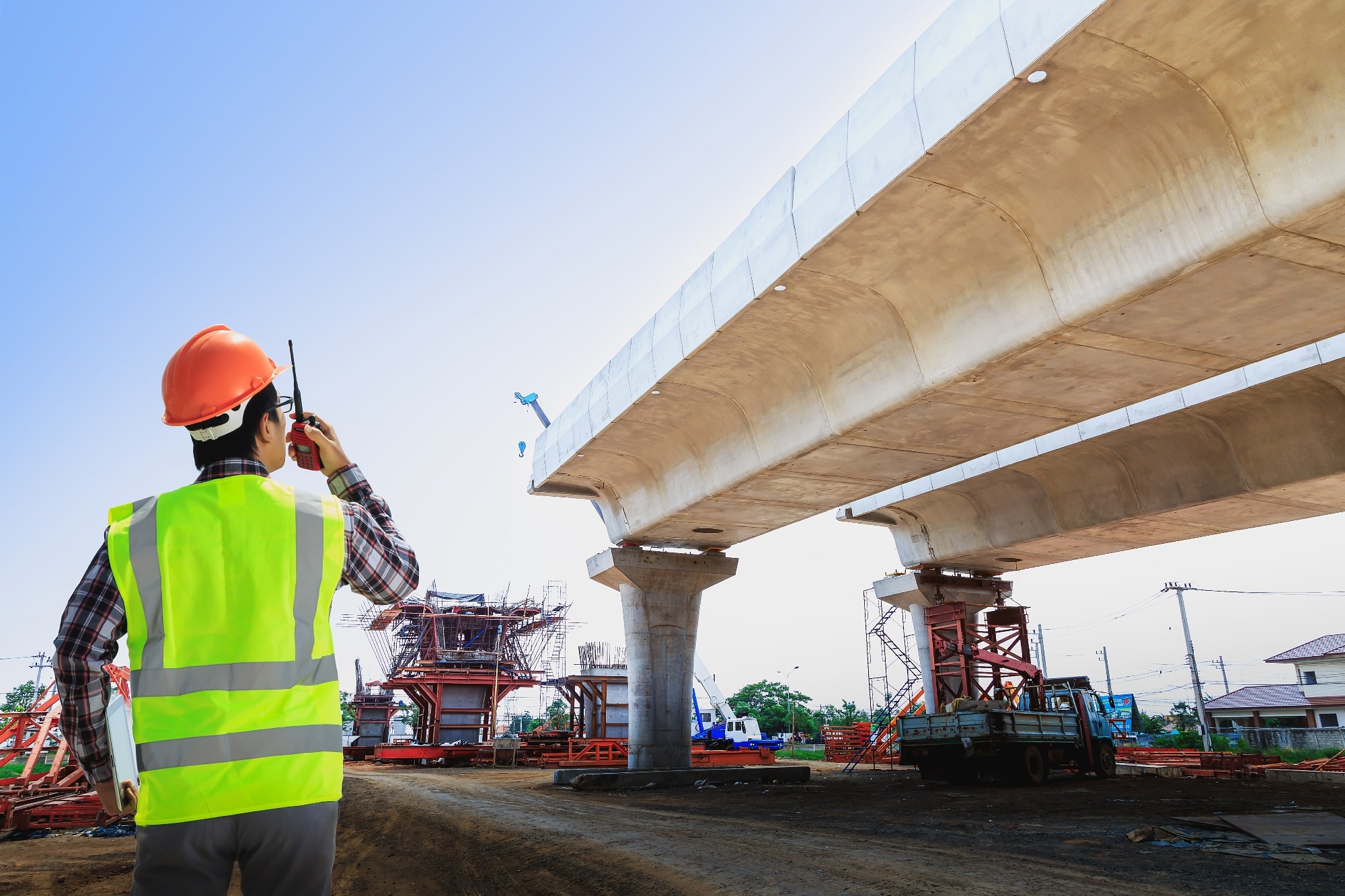In an article published in the journal Applied Sciences, researchers from the USA explored leveraging large language models (LLMs) and artificial intelligence (AI) to analyze construction safety data, identifying the major causes and types of accidents in highway construction.
 Study: Improved Analysis of Highway Construction Safety Incidents Using AI. Image credit: Mr.Cheangchai Noojuntuk/Shutterstock
Study: Improved Analysis of Highway Construction Safety Incidents Using AI. Image credit: Mr.Cheangchai Noojuntuk/Shutterstock
They utilized OpenAI’s generative pre-trained transformer (GPT) 3.5, a state-of-the-art LLM, to process and summarize textual narratives from the Occupational Safety and Health Administration (OSHA) severe injury reports (SIR) database. Additionally, they employed a natural language processing (NLP) technique, dimensionality reduction, and clustering algorithms to group and visualize similar incidents, providing crucial insights for improving accident prevention and intervention strategies.
Background
The highway construction industry ranks among the most hazardous sectors for workers due to various risks, including exposure to traffic, heavy equipment, and environmental factors. According to OSHA, between 2011 and 2019, over 1,000 workers lost their lives, and more than 30,000 suffered injuries in highway construction zones across the United States. Therefore, conducting accident analyses is essential to identify root causes and implement preventive measures.
However, existing research on highway construction safety often falls short of conducting comprehensive investigations into textual data concerning safety incidents. Such data hold invaluable insights into the circumstances, events, and outcomes of accidents. Many studies lean heavily on conventional statistical techniques and overlook the rich narratives found in open-source databases like OSHA’s SIR, which offer detailed descriptions of accidents resulting in hospitalization, amputation, or loss of vision.
About the Research
In the present paper, the authors leveraged the GPT-3.5 model to improve text-based incident analysis that is sourced from OSHA’s SIR database. They developed an approach for analyzing major accident causes in highway construction by incorporating a novel NLP approach, clustering algorithms, dimensionality reduction, and LLM prompting incident narratives. The resulting cluster, coupled with cause identification and LLM summarization, highlighted the accident types, such as struck-by and heat-related injuries, as well as shared characteristics among incidents.
Using LLMs for narrative analysis surpassed conventional descriptive statistics by delving deeper into general trends in major accident categories. This leads to a better understanding of the causes and characteristics that might otherwise remain overlooked. Identifying accidents linked to specific factors, such as burns from heated materials or equipment, offered valuable insights for safety improvements.
The study applied the K-means clustering algorithm to categorize incidents based on the similarity of their embedding vectors, calculated using the text-embedding-ada-model. The optimal number of clusters obtained through the elbow technique and visual examination of t-SNE plots was six. These clusters were subsequently summarized and classified using GPT-3.5, which generated concise and informative summaries of the incidents and identified the top three causes for each cluster.
Research Findings
The outcomes of the summaries and causes revealed the following patterns:
- Cluster 1 (Vehicle struck-by accidents): Workers were hit by trucks, cars, or other vehicles in work zones or on highways due to factors such as lack of traffic control, poor visibility, and driver negligence.
- Cluster 2 (Contact with objects incidents): Workers were injured by slipping or swinging objects such as tools, pipes, or wires, often due to factors such as lack of proper equipment maintenance, inspection, and training, as well as worker fatigue and distraction.
- Cluster 3 (Heat-related incidents): Workers suffered from heat exhaustion, heat stroke, or dehydration due to high temperatures and humidity, often because of factors such as lack of hydration, rest, and shade, and inadequate heat stress prevention programs and policies.
- Cluster 4 (Fall-related incidents): Workers fell from heights such as bridges, scaffolds, or ladders, or tripped over obstacles or uneven surfaces, often due to factors such as lack of fall protection, guardrails, warning signs, unsafe work practices, and conditions.
- Cluster 5 (Burn-related incidents): Workers were burned by hot materials or electrical equipment, often due to factors such as lack of personal protective equipment (PPE), fire extinguishers, and first aid kits, and improper handling and storage of flammable materials and equipment.
- Cluster 6 (Upper limb injuries): Workers suffered from amputations, fractures, or lacerations of fingers, hands, arms, or shoulders, often due to factors such as contact with powered saws, drills, or cutting tools, pinch points, rotating parts, or sharp edges of equipment or materials.
The paper demonstrated the potential of AI and LLM technology in data-driven analysis of highway construction safety incidents. By efficiently processing textual data and providing insightful analysis, the study promoted practical implications for safety professionals and the development of more effective accident prevention and intervention strategies within the industry. The outcomes derived from this approach could be pivotal in enhancing safety practices within the transportation industry.
Conclusion
In summary, the LLM-based novel approach is effective and efficient for the thorough analysis of textual narratives found in an injury report database. Leveraging existing LLMs, such as GPT-3.5, significantly enhanced data-driven analysis of accidents. The model's capability to understand and generate human-like text enabled a complementary analysis to traditional descriptive statistics, emphasizing incident narratives, accident reports, and related textual data.
The researchers acknowledged the limitations and challenges, including data scope, model performance, ethical considerations, and quality control. They suggested expanding data sources, fine-tuning LLMs, and addressing ethical guidelines for future research.